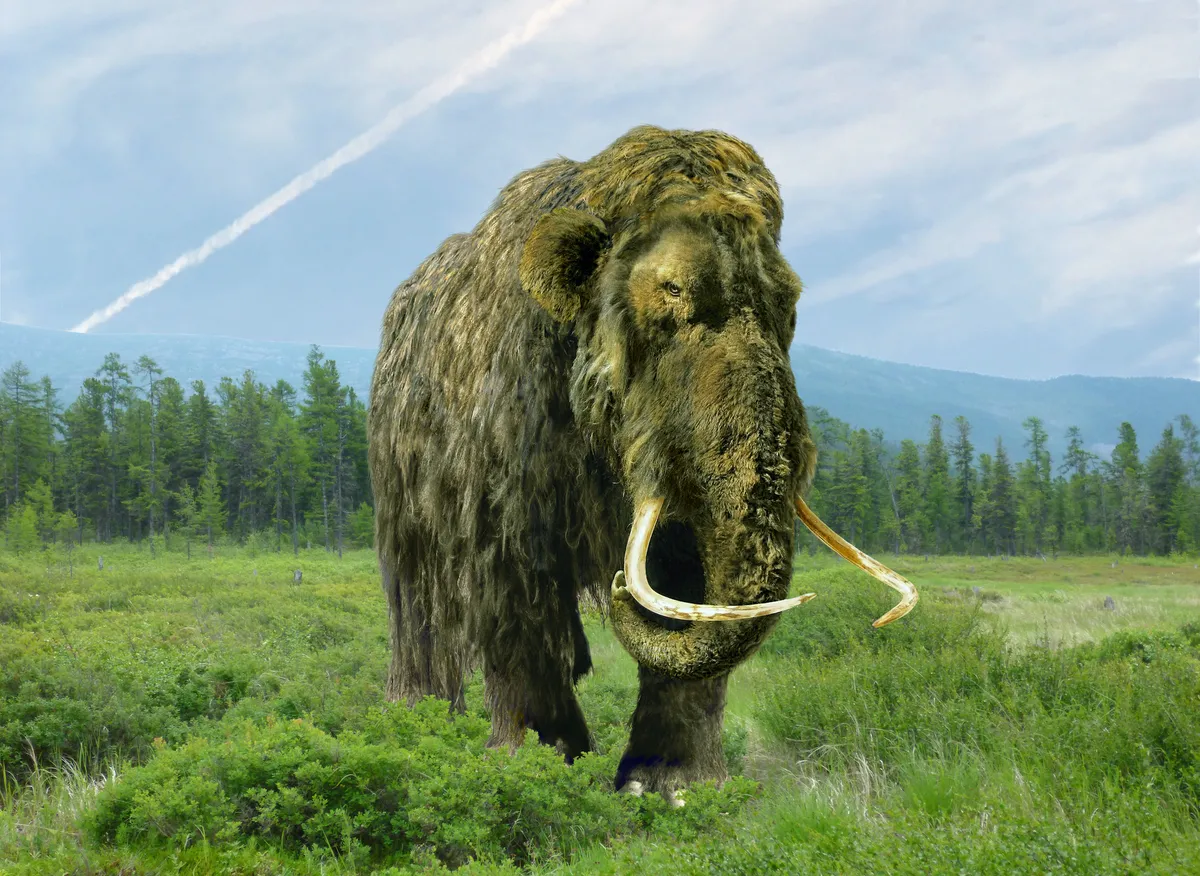Some people think new technology that allows extinct animals to be brought back from the dead can help fight the current extinction crisis facing life on earth. But the whole concept raises a number of serious ethical issues, not to mention the practicalities involved.
What is de-extinction?
Great news! We can all relax. Extinction isn’t forever, after all.
At least, it might not be for the thylacine, also known as the Tasmanian tiger. The carnivorous marsupial officially became extinct in 1936 and endless searches have failed to find a single survivor. But now scientists from Australia and the USA are working on a multi-million-dollar project to bring it back from the dead through genetic engineering. They hope to create a baby Tasmanian tiger within the next 10 years.

It won’t be the first time an extinct animal has been brought back to life. The idea is shifting from the realms of science fiction to just about scientifically possible. In 2003, geneticists briefly revived the extinct Pyrenean ibex (a subspecies of Iberian ibex). Through complex genetic jiggery-pokery, a living baby Pyrenean ibex was born. It survived for only seven minutes – but for those seven minutes an extinct subspecies had lived again.
The best-known ‘de-extinction’ project is the attempt to turn Asian elephants into woolly mammoths. Put simply, geneticists are cutting and pasting individual mammoth genes that code for specific characteristics (such as cold-resistant haemoglobin, a full-body layer of insulating fat and luxurious fur) into the genome of Asian elephants. The plan is to release the offspring onto the Siberian tundra and leave natural selection to do the polishing.

Is de-extinction bad for nature?
Advocates argue that de-extinction will help to address the extinction crisis. They point out that the planet is changing too rapidly for existing conservation techniques to save many threatened species, so we have to look at other technologies and novel ways to stop biodiversity loss. They are not playing God, they say, but helping to correct all the damage we’ve done.
I’m not convinced. De-extinction is fraught with some serious ethical and practical dilemmas.
To what extent would the recreated animals actually look and behave like Tasmanian tigers or woolly mammoths (they’ll never be identical to their extinct forebears – they are not clones, after all)? Should the new species be eligible for protection by conservation law or for patenting? Would they know how to behave like wild Tasmanian tigers or woolly mammoths? Would they have enough genetic diversity to sustain a viable population? What impact would they have on the environment they are being reintroduced to?
I’m not worried about the money. Critics argue that the glamour of de-extinction will rob funding from real-life conservation projects, but tech millionaires are not known for supporting ecological causes anyway, so it’s different money.
However, I am worried that de-extinction is not the same as bringing back species that have become extinct locally, but thrive elsewhere in the world. Cheetahs disappeared from India 70 years ago, for example, but are being reintroduced into Kuno National Park in Madhya Pradesh, from Namibia and South Africa. Like so many other successful reintroduction programmes around the world, this is solid conservation.
Extinction could be seen as nothing more than a temporary inconvenience
De-extinction is different. An ill-informed public will believe that we can techno-fix our way out of complex and wide-ranging environmental issues. Extinction could be seen as nothing more than a temporary inconvenience. It will provide a get-out-of-jail-free card for politicians and big business leaders: “Don’t worry, even though our new road scheme/sewage overflow/mining project/fishing quota will make all these species go extinct, we can just resurrect them some time in the future”.
Whether it’s realistic science or fairy-tale, publicity-seeking pseudoscience, de-extinction would remove the sense of urgency that drives the entire environmental movement. Quite simply, it could become a smokescreen that risks undermining current conservation efforts.
Main image: two thylacines in captivity

